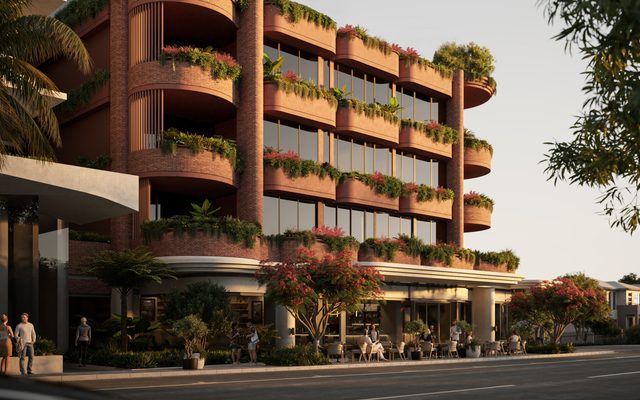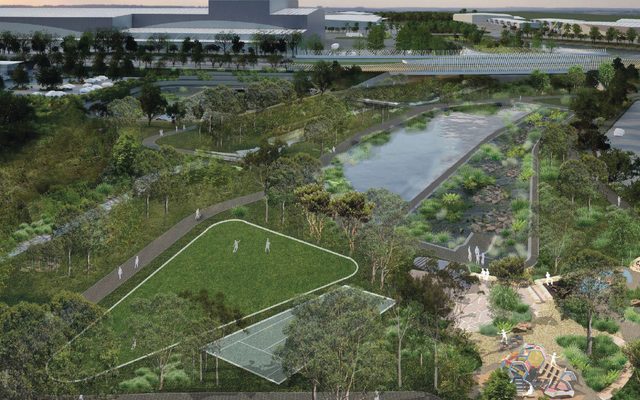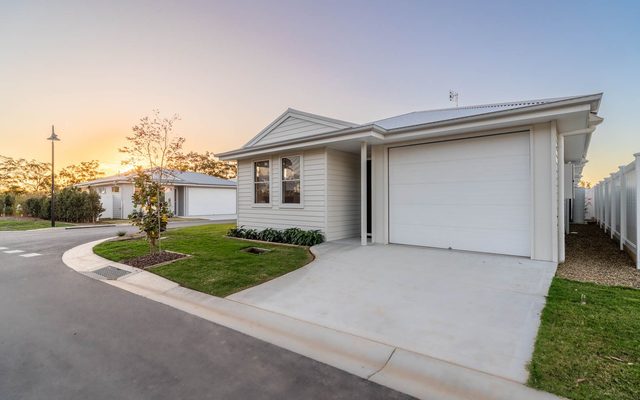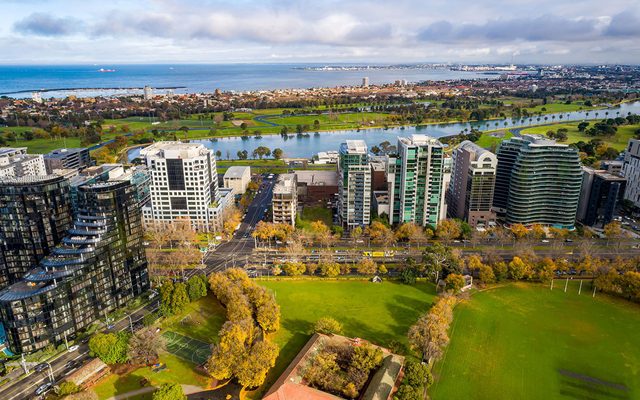This article is from the Australian Property Journal archive
DWELLING approvals have slowed after a strong start to the year, according to the Australian Bureau of Statistics.
Total dwelling approvals fell in May by 1.1% to 13,781.
ANZ Bank head of property research Paul Braddick said the slowing in 2013 suggests robust forecasts for dwelling investment are unlikely to be realised in the near term.
Residential building approvals declined 1.1% in May, following an outsized 9.5% jump in April. Looking through the monthly volatility, trend total dwelling approvals rose 1.0% and sit at an annualised completions rate of just 150,000, which remains well below ANZ Bank’s annual underlying housing demand estimate of 185,000.
Detached house approvals rose 2.8%, while ‘other dwelling’ approvals fell 6.4%. Looking through the month to month volatility, in trend terms total dwelling approvals rose 1.0% to be up 7.1% over the past year.
“The sector has clearly recovered from the low point in late 2011/early 2012. However, after rising solidly through last year, momentum stalled in early 2013, before rising modestly in recent months. Current approvals levels represent an annualised completions rate of just 150,000, which remains well below our annual underlying housing demand estimate of 185,000.
“Population growth accelerated in 2012 and monthly net overseas arrivals data foreshadow further strength in the first half of 2013. Despite this, the lift in new dwelling approvals has, to date, disappointed market expectations,” he added.
BIS Shrapnel associate director Kim Hawtrey was more optimistic.
He said whilst dwelling approvals in May were dipped a little, the level still remained solid.
“The evident upturn in private houses in particular is a positive sign and will provide the Reserve Bank with the message that continued rate cuts since November 2011 are having an impact through residential building. Detached house construction has the widest multiplier effect across trades and building suppliers.
“The softness in multi-residential dwellings in the month was mostly the result of New South Wales putting on the brakes after last month’s acceleration, and we expect to see apartments coming through in greater numbers in Sydney before long.
“Defying gravity, Victoria continues to record surprisingly strong approvals despite being in a housing oversupply, house and multi residential dwellings continuing to lift for the third month in a row.
“Queensland disappointed with a modest lift of just 0.7% in overall dwelling approvals. South Australia lifted strongly with total dwellings up significantly. Western Australia was similar to New South Wales, with private houses on the up,” Hawtrey said.
Braddick said divergent growth across the states remains a key constraint. Over the year, solid growth in New South Wales, Queensland and Western Australian dwelling approvals has been partially offset by marked declines in Victoria and Tasmania. Moreover, weakness in the south-eastern states is expected to continue to weigh on national dwelling approvals and investment in the year ahead.
In trend terms, dwelling approvals increased in New South Wales (+0.8% m/m), Victoria (+1.2% m/m), South Australia (+1.8% m/m), Western Australia (+2.7% m/m), Tasmania (+3.4% m/m) and ACT (+3.9% m/m) while Queensland was the only state to record a decline in the month (-0.5% m/m). Western Australia is leading the charge (up 32.4% y/y) in trend terms, with New South Wales, Queensland and South Australia rising from subdued levels. While the trend in Victoria has improved recently, dwelling approvals remain 10.1% below year earlier levels.
“Home sales markets point to improved buyer sentiment, with sharply higher auction clearance rates and increased sales volumes. Home prices are also recovering moderately (+1% m/m in June) and if continued, will buoy developer margins and sentiment. Moreover, an extended period of low interest rates will likely see further gains in dwelling approvals and investment.
“Nonetheless, at present a sense of caution remains, reflecting economic and political uncertainty and heightened household, lender and developer caution. Structural constraints including de-synchronised state dwelling cycles, relatively tight credit conditions, and an ‘excessive taxation and regulatory burden on new housing’1, will continue to limit the upturn. A modest uptick in alteration and additions approvals in recent months may, however, provide some upside for dwelling investment,” he continued.
However, non-residential building has rallied and is likely to contribute positively to economic growth in 2013-14. Non-residential building approvals rose 10% in May.
“However, approvals in this sector are very lumpy and even trend series should be treated with some caution. The sharp jump in May was largely driven by a marked rise in Queensland retail/wholesale trade building approvals which is unlikely to be sustained in the months ahead. Ongoing economic uncertainty and a stalling of the recovery in commercial property rents and valuations will continue to weigh on developer and financier sentiment and the outlook for non-residential building activity,” Braddick said.
Property Review



